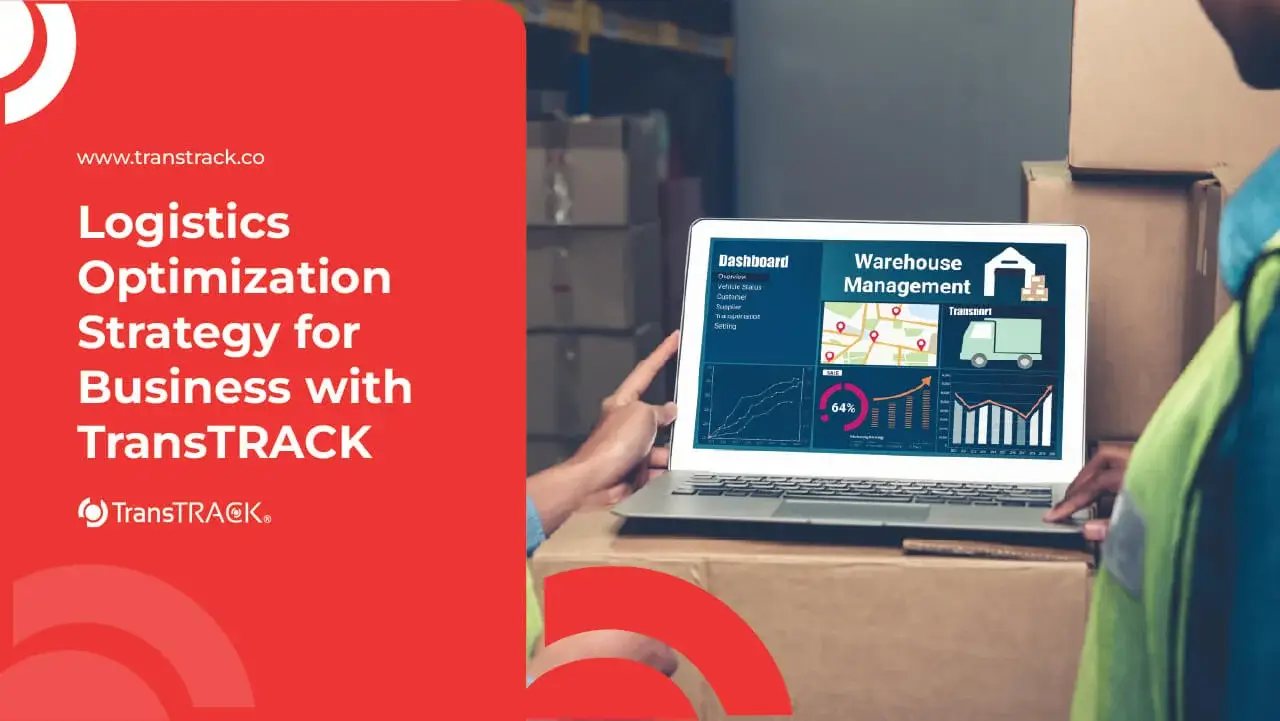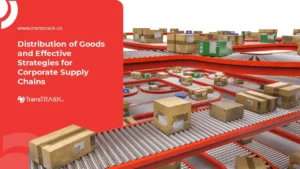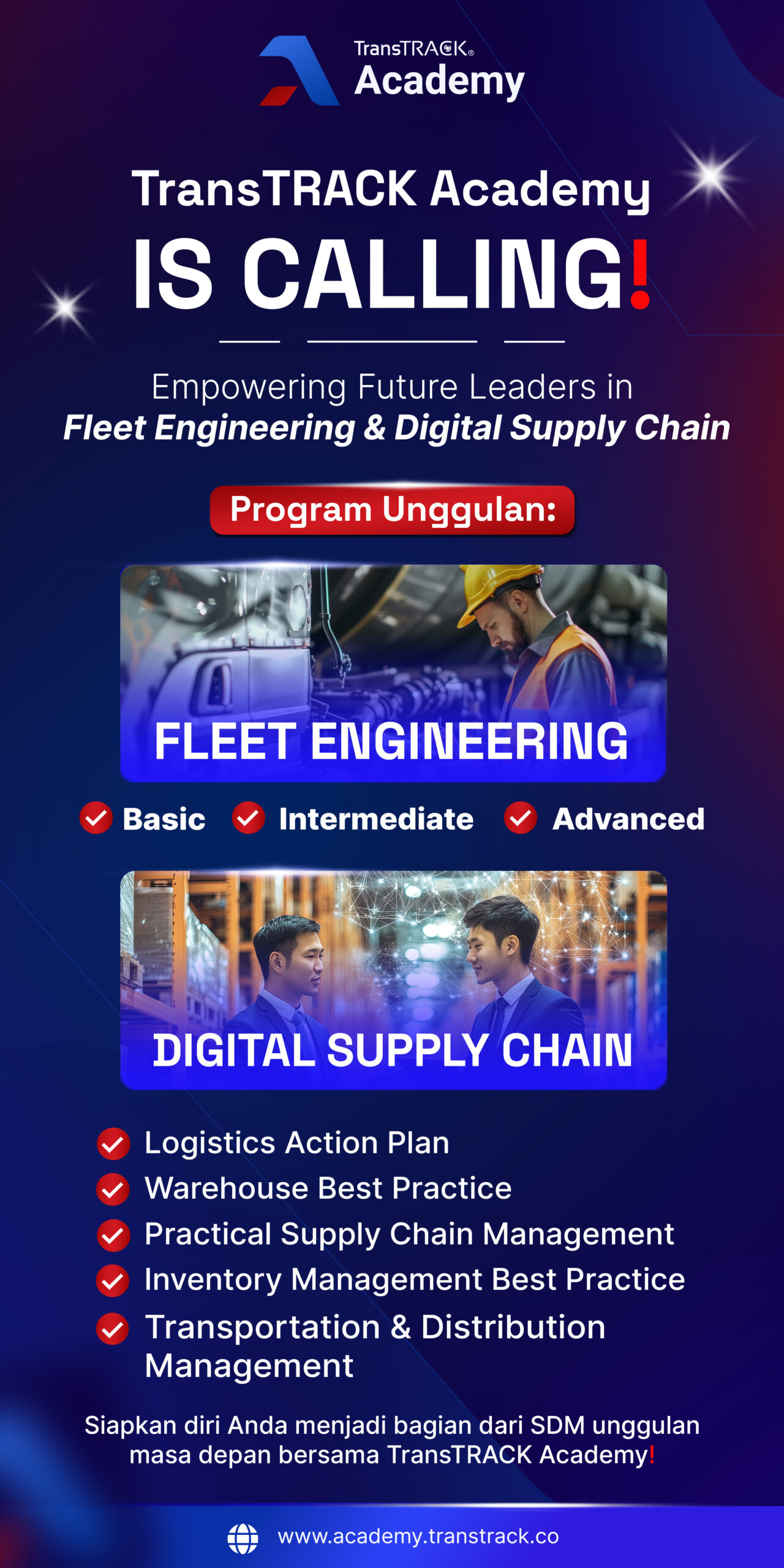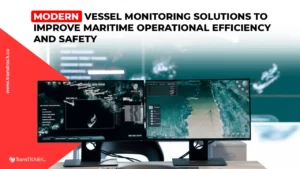Logistics Optimization Strategy for Business with TransTRACK
Posted on April 14, 2025 by Nur Wachda Mihmidati

In a competitive business world, logistics optimization is an important factor to improve efficiency and reduce costs. Proper management can speed up delivery, reduce waste, and increase customer satisfaction. With Transportation Management System (TMS) from TransTRACK, you have an integrated solution to manage shipments, monitor processes in real-time, and plan more efficient routes.
What is logistics optimization?
Logistics optimization refers to a set of strategies and technologies used to improve operational efficiency in the supply chain and distribution of goods. The goal is to reduce the cost, time, and resources required in the logistics management process, while improving service quality and customer satisfaction.
By optimizing the logistics process, companies can reduce operational costs, increase delivery speed, and improve the management of existing resources.
What are the Benefits of Logistics Optimization for Business
The benefits of logistics optimization for businesses are diverse and can have a significant impact on company performance and sustainability. Here is a further explanation of these benefits:
1. Cost Savings
By optimizing delivery routes, maximizing transportation capacity, and managing inventory efficiently, companies can reduce the cost of transporting, fueling, and storing goods. In addition, the reduction of waste in logistics operations can result in substantial cost savings.
2. Improved Delivery Speed and Accuracy
Process optimization enables companies to deliver products faster and on time, improving the efficiency of time management and distribution processes. With better tracking and planning systems, delivery errors can be minimized, improving accuracy and reducing the risk of delivery errors that could cost the company.
3. Better Inventory Management
Logistics optimization helps in monitoring and managing inventory levels in real-time, so companies can avoid overstocking or shortages. It improves inventory rotation, reduces storage costs, and ensures goods are available at the right time without wastage.
4. Increase Customer Satisfaction
With faster, more accurate and reliable deliveries, customers will experience improved service quality. This will increase customer loyalty, as they receive the product at the promised time in good condition. Higher customer satisfaction also has the potential to increase business reputation and sales.
5. Sustainability in Logistics (Carbon Footprint Reduction)
One important aspect of logistics optimization is the reduction of environmental impact. By utilizing more efficient delivery routes, greener vehicles, and smarter transportation management, companies can reduce carbon emissions resulting from logistics activities. This supports the company’s commitment to sustainability and social responsibility, and can provide added value to customers who are concerned about environmental issues.
Overall, logistics optimization not only brings financial benefits but also helps companies build a positive reputation and create long-term relationships with customers and stakeholders.
What are the Essential Components of Logistics Optimization
The essential components of logistics optimization include various elements that work in an integrated manner to improve operational efficiency and effectiveness. The following is an explanation of each of these components:
Warehouse Management
Warehouse management involves managing storage space, order processing, inventory organization, and the flow of goods in and out. With an efficient warehouse management system, companies can reduce storage costs, increase order processing speed, and minimize errors in stock management. Technologies such as warehouse management systems (WMS) can automate many of these processes.
Transportation Management
Transportation management focuses on planning, executing, and monitoring the delivery of goods. It involves selecting the right mode of transportation, planning efficient routes, as well as managing the vehicle fleet. A transportation management system (TMS) can help optimize shipping costs, ensure on-time delivery, and improve vehicle utilization to reduce wastage.
Inventory Control
Inventory control aims to ensure that the amount of inventory on hand is sufficient to meet demand, but not excessive. A good inventory control system will avoid excess stock that could result in high storage costs and losses due to unsold goods. It also ensures that there are no stock shortages that could disrupt smooth operations.
Delivery Route Optimization
Delivery route optimization involves planning the most efficient travel routes for freight vehicles. Using algorithms and tracking technology, routes can be dynamically adjusted based on traffic conditions, weather, or other factors that affect delivery times. This not only reduces fuel costs but also speeds up delivery times and reduces carbon footprint.
Supply Chain Visibility
Supply chain visibility refers to the ability to track and monitor the flow of goods and information throughout the supply chain in real-time. Technologies such as the Internet of Things (IoT), sensors, and supply chain management (SCM) systems allow companies to view the status of shipments, inventory, and production with full transparency. This helps in faster decision-making, response to disruptions in the supply chain, and overall process improvement.
All these components play an important role in achieving the goals of logistics optimization, namely operational efficiency, cost reduction, and improved quality of service to customers. The integration of these components allows companies to manage logistics more effectively and be responsive to changes in demand and market conditions.
What is the best strategy for logistics optimization?
To optimize logistics more effectively, TransTRACK can be integrated in each of the logistics optimization strategies mentioned. The following is an explanation of how TransTRACK supports each of these strategies:
Transportation Management System (TMS) Implementation
TransTRACK can serve as a Transportation Management System (TMS) that helps plan, manage, and monitor freight shipments more efficiently. With features such as real-time cargo and container tracking, vessel scheduling, and vehicle flow optimization, TransTRACK enables more effective route and shipment management. The system allows companies to choose the best mode of transportation, monitor shipment status in real time, and ensure on-time delivery at a lower cost.
Use of Data Analytics and Forecasting
TransTRACK provides data analytics that can be used to analyze shipping patterns, goods flow, and overall operational performance. By using historical information and real-time data from the TransTRACK system, companies can predict demand and market trends more accurately. TransTRACK’s customs and regulatory compliance feature can also provide insights into how regulations and policies affect freight shipments, helping with better logistics planning.
Real-Time Tracking & Shipment Monitoring
TransTRACK offers real-time tracking that allows companies to monitor shipment status in real time. The system provides full visibility of the goods’ journey, including current location, shipment status, and estimated time of arrival. <TransTRACK’s integrated communication platform enables better coordination between relevant parties in the supply chain, as well as providing customers with more accurate information on the status of their shipments.
Collaborative Logistics (Cooperation between Suppliers and Transporters)
Using the TransTRACK platform, companies can collaborate more effectively between suppliers, transporters, and other related parties. The port-fleet integration feature in TransTRACK allows parties involved in the supply chain to communicate and share real-time information regarding shipments, vehicle capacity, and delivery schedules. This improves operational efficiency and reduces duplication in logistics management.
Continuous Improvement and Logistics Performance Evaluation
TransTRACK provides data analytics and reporting that can be used to evaluate logistics performance on a regular basis. By utilizing data collected from across the supply chain, companies can identify areas that need improvement and design more appropriate continuous improvement strategies. For example, by looking at delivery performance, vehicle usage, or capacity utilization, companies can make data-driven decisions to improve efficiency and reduce operational costs.
By integrating TransTRACK products into any logistics optimization strategy, companies can increase efficiency, reduce costs, and ensure faster and more accurate deliveries. TransTRACK’s advanced technology strengthens a company’s ability to meet the challenges of the modern supply chain.

Logistics optimization is the key to efficiency and customer satisfaction. With Transportation Management System (TMS) from TransTRACK, you can plan routes more efficiently, monitor shipments in real-time, and manage logistics smarter.
Contact us today to optimize your logistics operations and achieve higher efficiency with TMS solutions from TransTRACK!
Recent Post
Topic :
Recommended Articles

 Bahasa Indonesia
Bahasa Indonesia








